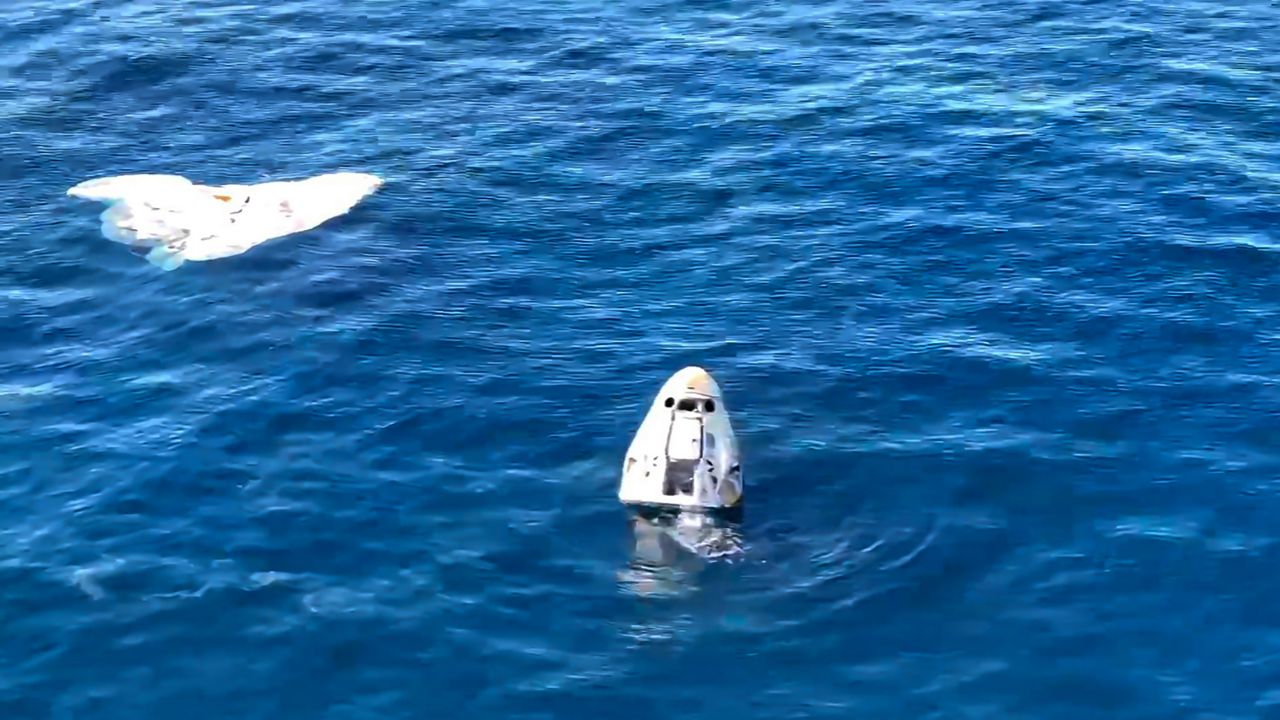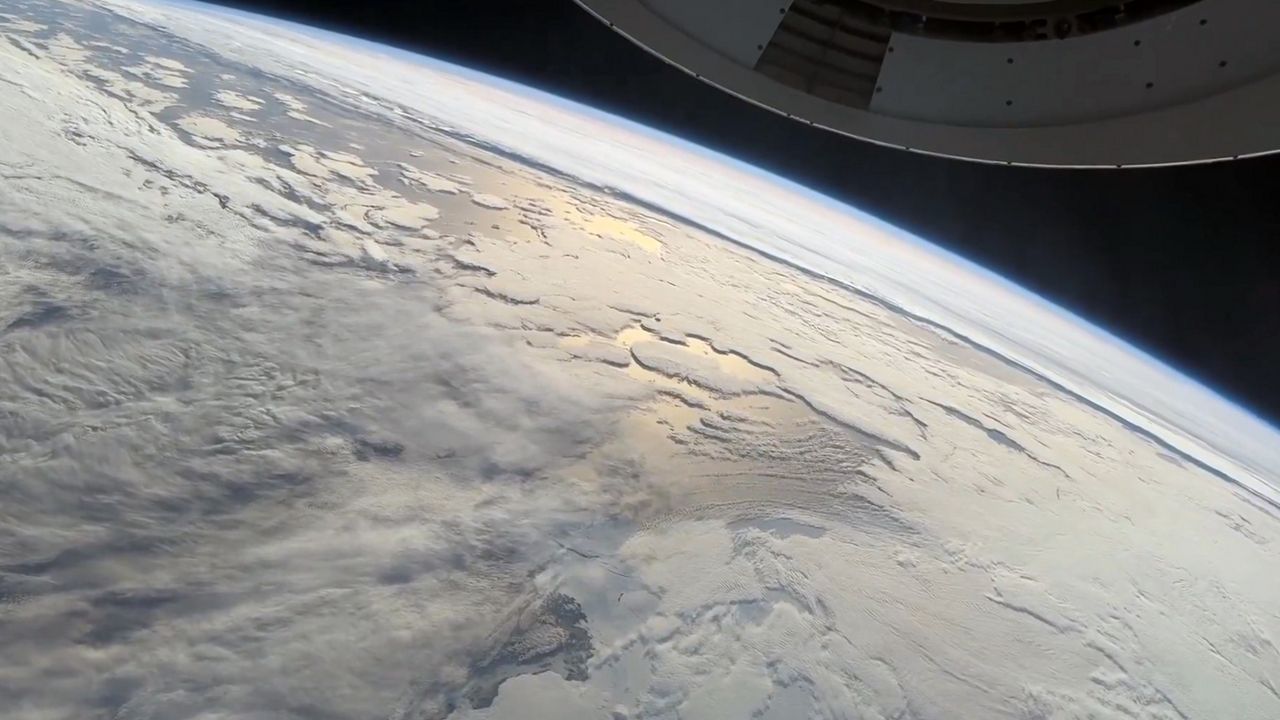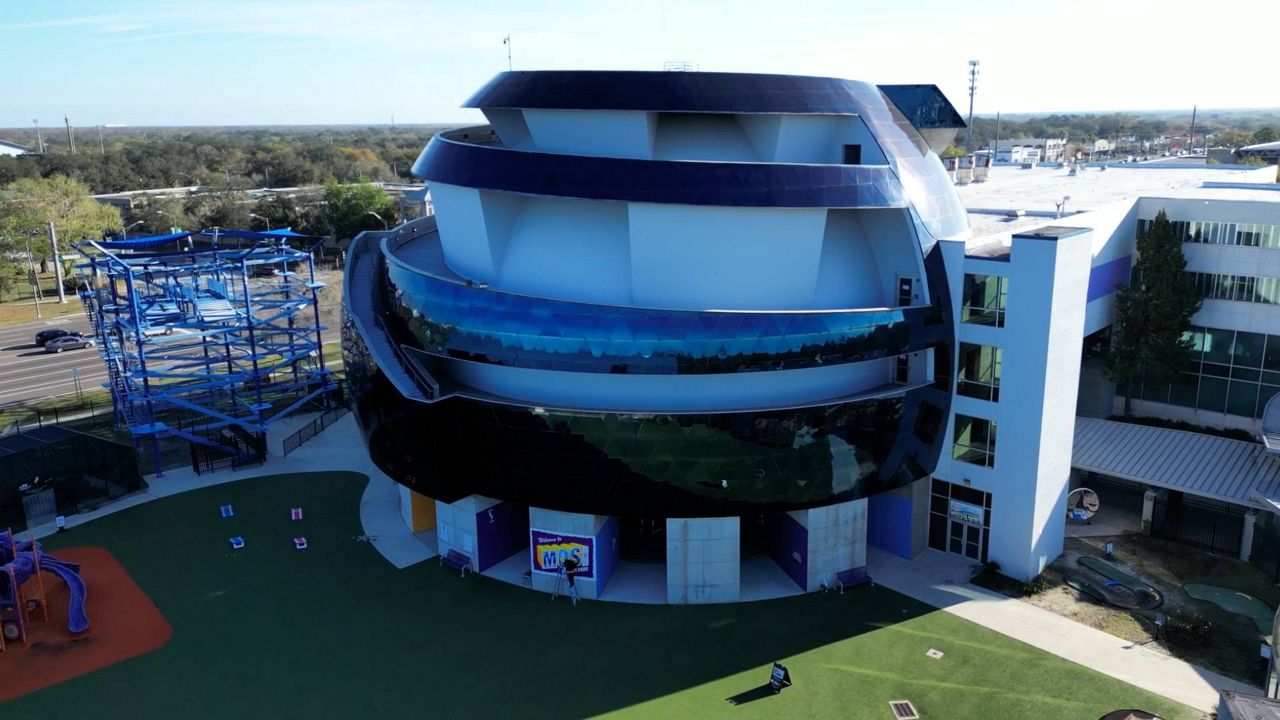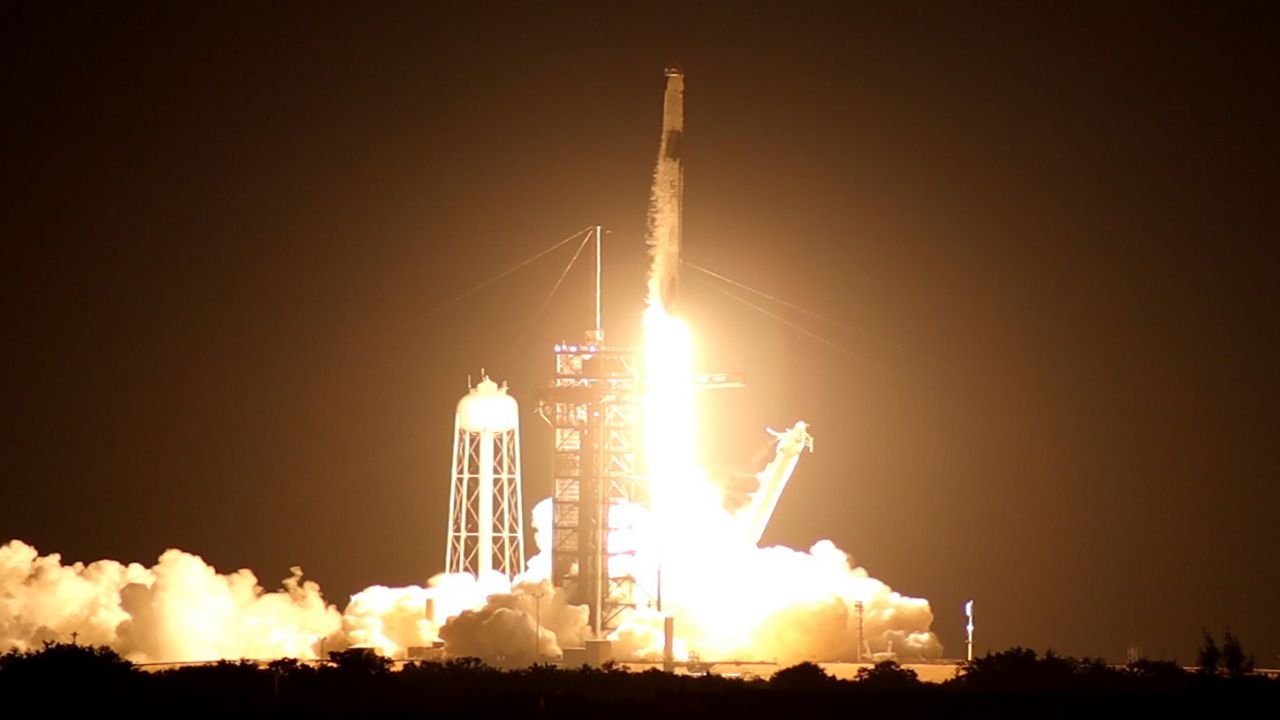CAPE CANAVERAL SPACE FORCE STATION — After some weather delays, SpaceX held a successful liftoff of Starlink satellites on Sunday.
What You Need To Know
- After some weather delays, SpaceX held a successful liftoff of Starlink satellites on Sunday
- Get more space news and coverage here ▶
- 🔻Scroll down to watch the launch🔻
Liftoff! pic.twitter.com/pOFdM1l6Yv
— SpaceX (@SpaceX) July 24, 2023
The Falcon 9 rocket lifted off from Space Launch Complex 40, located at Cape Canaveral Space Force Station. The launch took place at 8:50 p.m. ET. It was supposed to launch at 7:09 p.m. ET, Sunday.
It was originally supposed to launch the night before, but regardless of the numerous launch attempts on Saturday night, SpaceX was forced to scrub the Starlink mission. During the original launch attempt on Saturday night, the countdown was placed on a hold due to weather at T-14 minutes, stated SpaceX.
The launch was delayed multiple times on Saturday night, from its original 7:34 p.m. launch time, to 9:15 p.m. ET, then 10:06 p.m. ET and 10:56 p.m. ET. The final launch attempt was at 11:03 p.m. ET, which was not a previously stated as an option.
On Friday, the 45th Weather Squadron gave a “60%→15%” chance of weather violations for the original 7:34 p.m. ET liftoff at Space Launch Complex 40, located at Cape Canaveral Space Force Station.
“Thus, the probability of weather violations will be above normal for both the primary day and backup day attempts, particularly during the front end of each window when active thunderstorms and their associated cloud cover are likely to be in closer proximity to the pad,” the squadron stated.
The primary concerns against the launch were: cumulus cloud, anvil cloud, and surface electric fields rules.
Discover more about NASA’s weather criteria for the Falcon 9 rocket here.
The Falcon 9’s first-stage booster B1076 has five missions under its very wide belt (if a belt was long enough to fit the rocket’s 12-foot-diameter):
After the first-stage separation, the Falcon 9 rocket landed on the droneship Just Read the Instructions that was in the Atlantic Ocean.
Falcon 9’s first stage has landed on the Just Read the Instructions droneship pic.twitter.com/VBloEKEbcG
— SpaceX (@SpaceX) July 24, 2023
About the mission
The Starlink Group 6-6 mission sent 22 Starlink satellites to low-Earth orbit.
They joined with the thousands that are already in a makeshift constellation to provide internet services, stated Starlink, which is owned and operated by SpaceX.
People all around the world are using Starlink in interesting ways 🛰️🌎❤️→ https://t.co/D6L8BSisQq pic.twitter.com/srmvDAv3w0
— Starlink (@Starlink) July 21, 2023
Before Sunday night's launch, the current number of Starlink satellites — recorded by Harvard-Smithsonian Center for Astrophysics’ Dr. Jonathan McDowell — are as follows:
- 4,497 are in orbit
- 4,465 in working order
- 3,759 are operational









